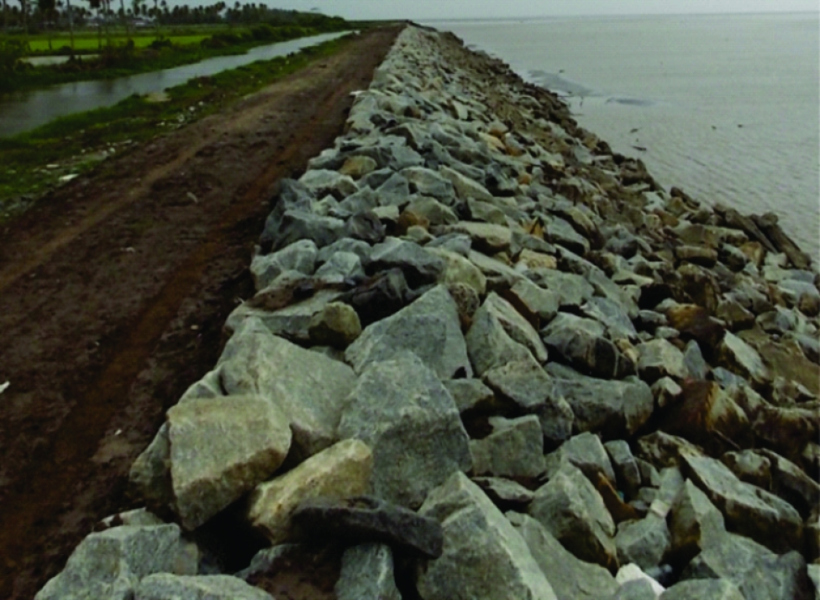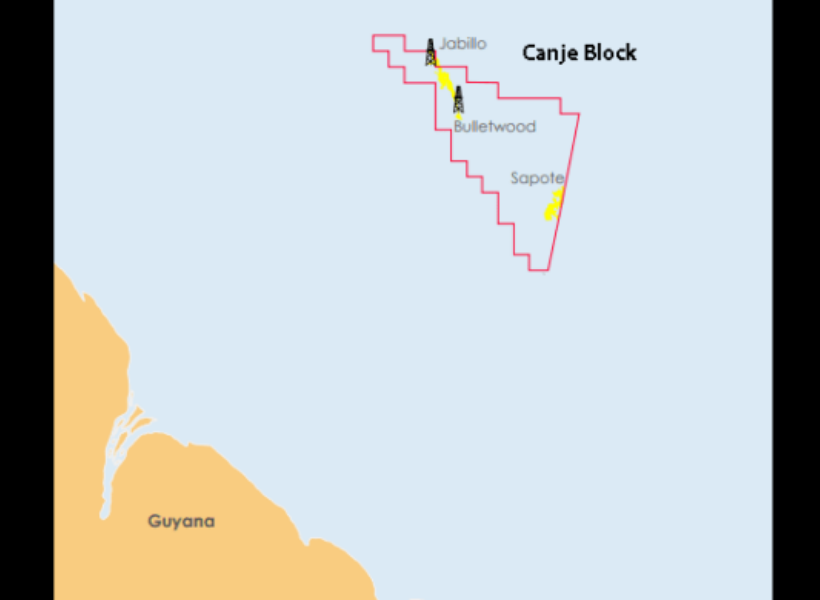After it concludes drilling the first well on the Kaieteur Block called the Tanager-1 well, ExxonMobil is expected to move ahead quickly with spudding the first well in its Canje block. That wildcat is called the Bulletwood-1.
This prospect is reported to be a ‘Liza look-alike’ confined channel complex and will target prospective resources of approximately 500 million barrels of oil equivalent resources. Guyana Standard understands that the second well on the Canje Block will target either Sapote-1 in the east of the block or Jabillo-1, in the northwest of the block, which is reported as a billion-barrel class basin floor turbidite fan.
Making this information known to the market is UK investment firm, Westmount Energy. Over the past six months, Westmount has increased its shares in one of the licenced owners of the Canje block, JHI Associates. JHI is a private, Ontario-registered firm established in 2014 and focused on oil exploration opportunities in the emerging Guyana-Suriname Basin. The company’s main asset is a 17.5% carried interest in the Canje Block covering over 4,800 square kilometres, offshore Guyana.
ExxonMobil, which is the operator of Canje, had acquired in excess of 6,100 km2 of 3D seismic on the offshore concession in 2016. Subsequent processing and interpretation of this dataset had been used to define the three prospects noted earlier.
Even though a 2018 DeGoyler McNaughton Competent Persons Report on the Canje Block remains unpublished, the block is reported by JHI to contain more than a dozen prospects with approximately 10 billion barrels of prospective recoverable oil resources, with a number of the prospects exhibiting the same DHI (Direct Hydrocarbon Indicator) characteristics as the neighbouring Stabroek discoveries.
As a result of a 2018 farm-out to Total, JHI is carried for the drilling of up to four wells and is funded for the drilling of additional wells.











